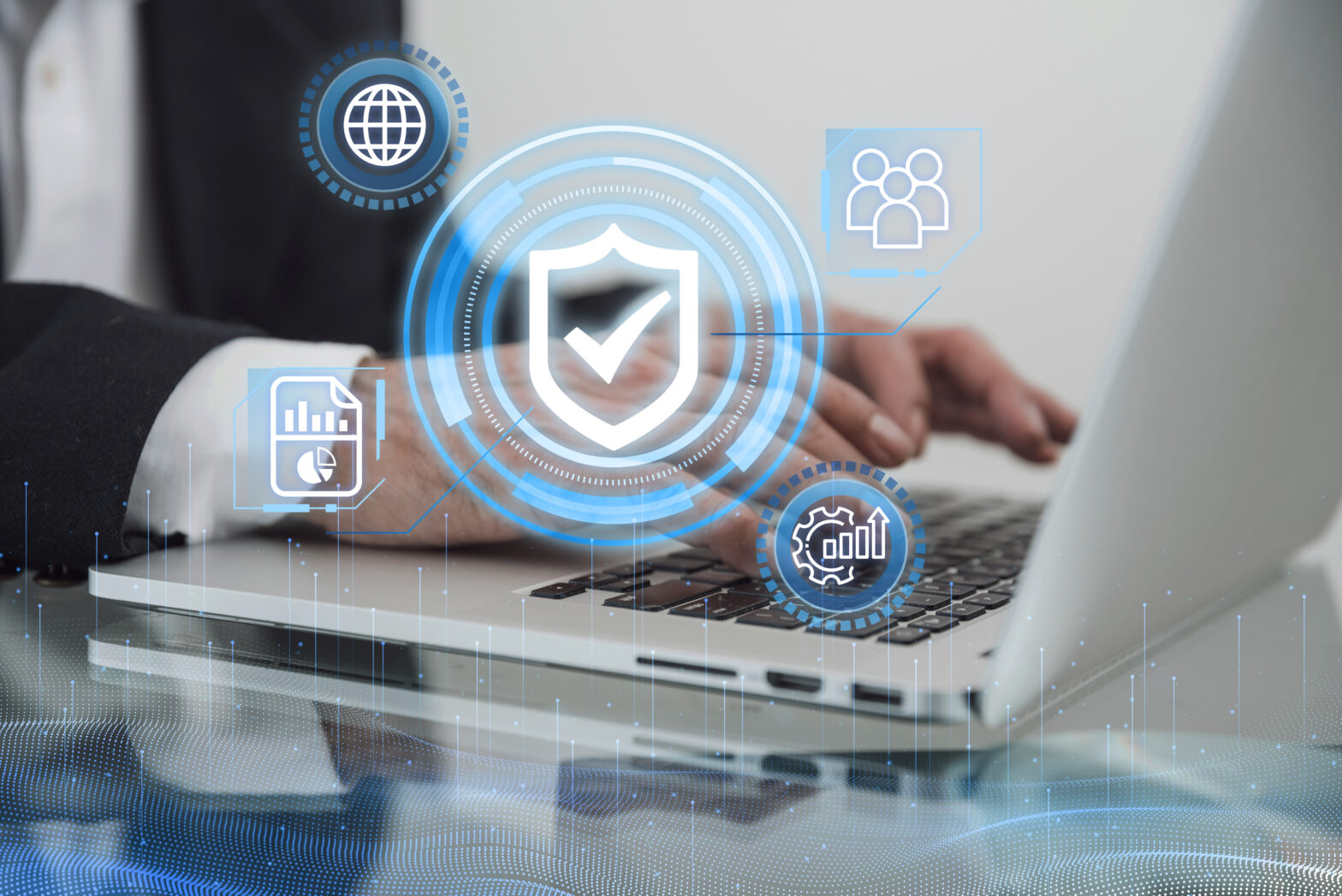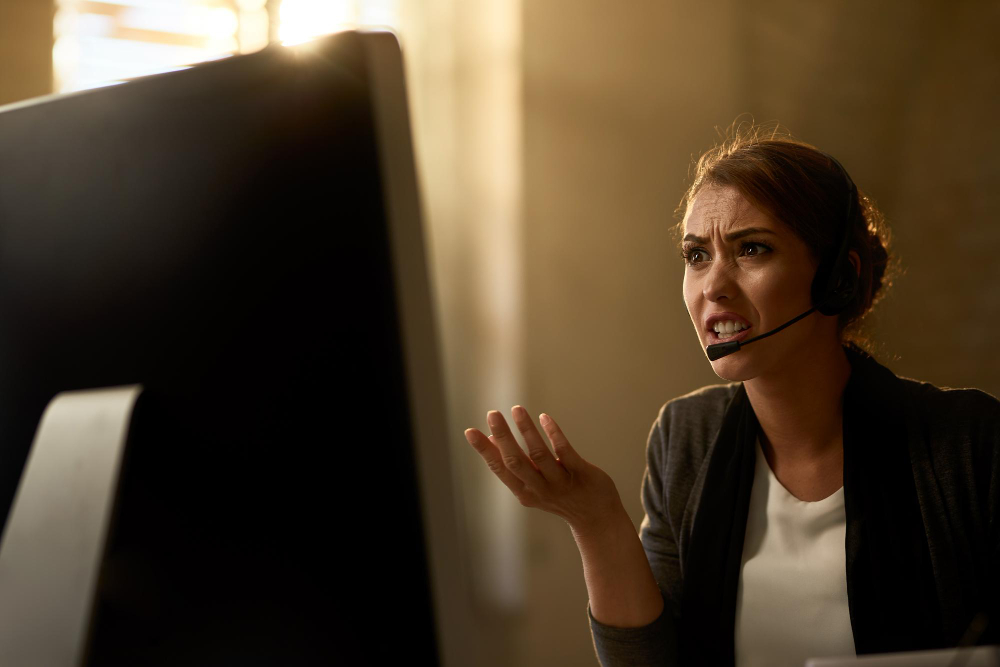|
|||
Information Age (IA): What were the toughest IT challenges associated with the Queen Mary 2 project?
|
||
Dick Beliveau (DB): Probably the greatest challenge was putting an interactive TV system on the ship. There is not another cruise liner in the world that has anything like that today. It’s been completely custom-designed for us, though the company that we dealt with [IDF of Germany] had experience of a smaller cruise line. They enhanced the system to the point where, just to run through the entire content would probably take two-and-a-half hours. For example, you can send and receive Internet email, you can shop at every store on the ship, you can order a bottle of wine for this evening’s dinner, you can operate the movies and music centre, and you can do all the typical things that other cruise liner systems can do, such as book your shore excursions and ship activities. It also keeps a calendar of events that you’ve scheduled for yourself.
The other big challenge was to integrate our various systems, including the new interactive TV system, with our core management system [Ship Partner from Discover Travel Systems]. It is our accounts receivable system and passenger manifest, and anything that has to be billed to our guests goes through that. It interacts with our point-of-sale system and integrates with the telephone system, the TV system and the excursion system. Linking all those systems was a big job.
IA: How long have you been testing it?
DB: Since the beginning of July [2003]. One of the unique things that we did is we brought all of the computer hardware and technology into a deployment centre in Miami. We connected it all up, loaded up all of the software, and tested everything out over there. At that point, the interactive TV component was probably about 85% there, so we were able to test that much. The remaining 15% was tested on the ship in the days and weeks leading up to the maiden voyage.
IA: What other applications are you running?
DB: There is something called a planned maintenance system, which is mandated in the cruise line industry. The system tells you when you should be looking at particular pieces of equipment on a ship, for oil changes or whatever. Engineers are told by the computer when to go do something. The system logs all of the computer hardware as well as all of the mechanical pieces on the ship – engines, pumps, everything. We have a complete hotel inventory system, which takes care of purchasing all of the foodstuffs, as well as dry goods such as blankets, towels and the like. Another little application, which is going to save an awful lot of labour, is an automated AVO [avoid verbal orders] system. For example, when someone goes into a cabin to clean it and he notices that something doesn’t work properly, like the plumbing or a light is out, he can enter that information into this little system.
IA: You have also installed a new security system on the Queen Mary 2. How does that work?
DB: Yes, we have a relatively new system, which is part of the embarkation process. When you arrive at the ship, before you go up the gangway we swipe your passport and take your picture and we put that on to an ID card. The card has magnetic encoding in it, which acts as your cabin door key and allows you to use it to charge goods to your bill. It is also used to regain entry to the ship after a spell on-shore. You get scanned as you get on and off the ship, so that we know who is on a ship at any one time, which is kind of neat. The crew also carry these cards. Once a guest leaves the ship at the end of their voyage their card is deactivated.
IA: What IT budget and resources did you have at your disposal?
DB: For this ship we had a little over $8 million. In the US we have roughly 35 people, and on all of our ships we have about 20 computer systems officers [CSOs], whose responsibility is to keep the networks up and running. On Queen Mary 2 we have three CSOs. The cost of managing the IT infrastructure has fallen considerably over the years.
IA: Given the fact that the ship may be thousands of miles from the company’s IT suppliers, how much redundancy have you built into the system?
DB: We have three computer rooms. One of them handles the telephone system and the other two are there to handle the business functions. One of those is redundant. That is a first. We’ve never had that kind of luxury before. Obviously, most ships want to devote their space to passenger cabins and services. Fortunately for us, we’ve been able to sneak a couple of cabins away and have a proper computer room system. The ships generate their own electricity and there are many generators on these ships, so I don’t foresee that we will have a blackout for any period of time. We do have a UPS [uninterruptible power supply] that supports all of the computers in case one of the generators goes down. I think we have a ‘keep-alive’ of about 35 minutes.
IA: What happens if something goes wrong while the ship is at sea?
DB: Hopefully it’s a piece of software that goes wrong, because that’s easier to fix. And more often than not it is software. From our offices on-shore in Miami, we can use satellite communications to get into the ship’s servers and determine what the problems are. Most of the applications that I have running on the ships are third-party applications.
In the case of the software from DTS, we can phone them on a 24-hour hotline in order to alert them to a problem. DTS engineers can then log on to the network and try to diagnose the problem. If they have not resolved it within two hours then they alert a particular person in our office and they get involved. In the case of the underlying platform, the Progress database platform has been a very reliable piece of software for us.
If it’s a hardware kind of issue, there are some spares available. And, as I said, the two main computer rooms are backed up on each other. So a disk crash, say, is not a huge problem.
IA: You rely on the satellite network to be operational to fix software problems remotely. But the ships must sail into communications black spots at times?
DB: There are some black spots in the world. The QEII hits one when she does her crossing between Southampton and New York, in fact. There is a small period of time where there is no satellite coverage. At that point in time, you can’t make phone calls and you can’t send data back and forth. I can’t say where that black spot is but I know it exists! The other place that we have problems is when we go into the fjords. The high ledges mean that you can lose reception there.
IA: Before you had that level of sophistication, how did you handle problems?
DB: In the past, we would be in a lot of trouble [if IT systems went down]. You didn’t fix the problem until the ship got to land again. The ship is on a particular schedule and usually stops for eight or nine hours and then sets sail again. So if we couldn’t fix it within that time then an IT person would have to stay on the ship until the next port of call. We might even have to get a specialist flown to that area. We had to have one IT manager on the ship, and maybe an operator and programmer as well. All of that has been cut down. Even the Queen Mary 2 has only three CSOs aboard.






